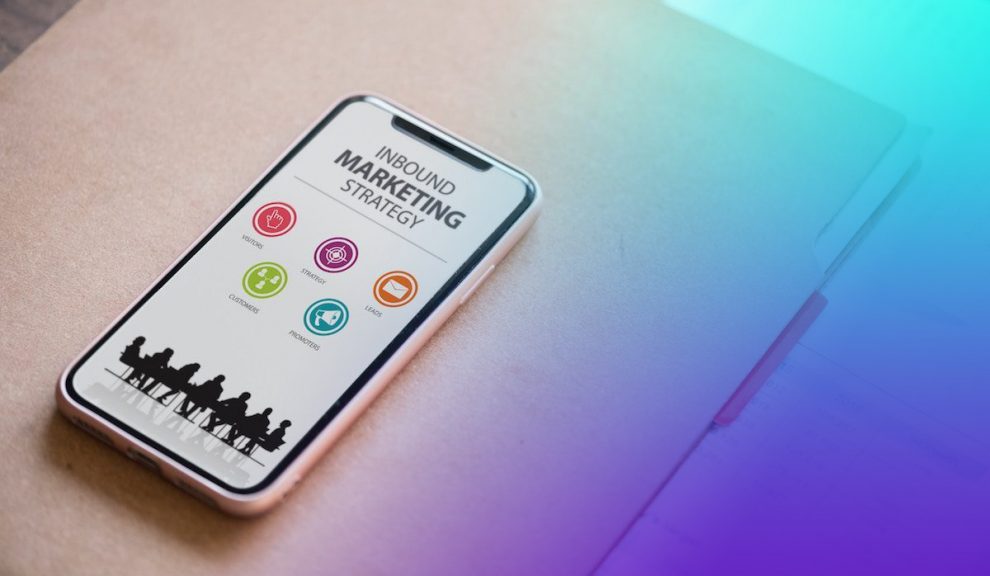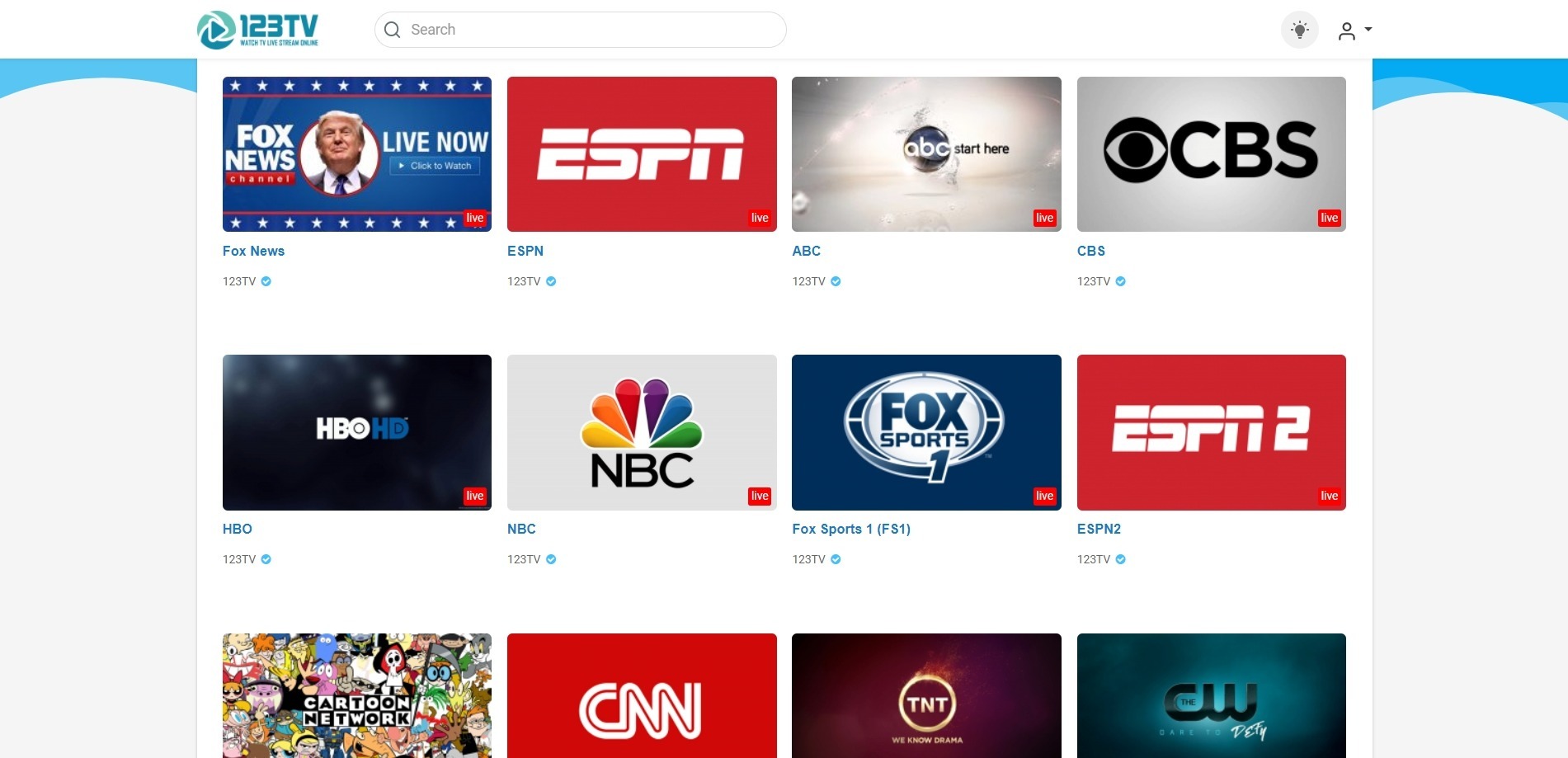It’s not uncommon for business owners to function as CEO, sales manager, vet a vendor, serve as head of human resources, or even as a janitor. In the face of so many roles, marketing efforts are often pushed aside in order to take care of immediate concerns, but this can actually harm your business.
This article will provide insight into creating an inbound marketing strategy in order to maximize marketing opportunities and still allow time for other responsibilities. Inbound marketing and sales is founded on answering your audience’s questions and problems. It focuses on drawing customers to your business through educational and helpful content. You want to send marketing that addresses your prospects’ needs and organically converts them into customers.
When starting your inbound marketing, the number of social media outlets available to businesses can be overwhelming, especially when paired with email marketing and blogging. Start with one or two strategies and then expand your reach as you get more comfortable. Breaking your strategy into phases also helps address the basics of inbound marketing, and while it takes time to create a strategy, it’s time well spent for the growth and development of your company.
Phase 1: Publish Content that Provides Value
Brainstorm content you can offer on your website to your buyer persona. Write content for your ideal client in mind, and center your messaging on solving a problem or providing a need.
Common types of content include webinars, eBooks, case studies, white papers, workbooks, and explainer videos. These are just a few examples but there are many other forms of content to choose from. Just make sure the content holds value for your buyer persona.
Phase 2: Optimize Your Website
After creating some amazing content, you should optimize your content in three areas: Usability, On-Page SEO, and Conversions and Lead Generation.
Usability: Make sure your site is easy to navigate and users can freely explore your website. Have a specific goal for each page and center the content on one subject. As tempting as it is to make your website for you, it’s really for your users.
On-Page SEO: Being visible online is dependent on if your site is optimized for search. We have created an SEO checklist that you can download and follow to ensure that your site is properly optimized.
Conversions and Lead Generation: The last step in website optimization is to generate leads and conversions. This is crucial if you want people to engage with the content you’ve created. You’ll want to create clear landing pages to keep your users from searching to find the purpose in your web pages. Simple designs are easier to read will lead to higher conversion rates. Calls-to-actions also help users understand what the next steps are. After engagement, you don’t want to make your users guess what to do next. Calls-to-actions can be added above the fold on your website as a way to direct your user. Follow up emails or a thank you page are also great ways to set the right expectations.
Phase 3: Promotion
Traffic generation and promotion are the hardest part of inbound marketing. Many business owners give up at this stage, but if you push through you can reach huge benefits. There are three areas of promotion to examine: Content marketing, Local SEO, and Social Media Marketing.
Content Marketing: If you don’t have a blog, you should start one. Statista reports 47% of internet users to read blogs daily, which is a lot of people when you consider all the people across the world that have access to the internet. Write about topics potential customers will find valuable, and remember to make each post optimized for search engines. We recommend that you post at least once a month but the more you post, the higher your chance for engagement.
Local SEO: For most small business owners, establishing a strong local presence is crucial. Set up a Google My Business Listing for Local SEO. Add your address, phone number, your website URL and a few pictures. There are some free tools to help you, and you can find some of them in our blog post on free tools for developing a local SEO strategy.
Social Media Marketing: Social media is the fastest way to get your message online. You can schedule your post to make your life easier, and Hootsuite is a free and easy to use the tool. Schedule a variety of posts on your social media accounts for each blog post. But be mindful not to annoy your prospects; don’t overshare and find a good balance between anecdotes and information.
Phase 4: Evaluate and Improve
Once you have successfully implemented promotion, it’s time to create a process to review every part of your strategy. Look at what you have accomplished in order to adjust and improve on your full marketing strategy. A Google Analytics account is a great tool for tracking visits and conversions. As you start analyzing, we recommend checking quarterly or every month, and then you can move to monthly or bi-weekly reviews. Being aware of what works and what doesn’t will save you time and money.
There are several questions to ask when reviewing your metrics:
- How are visitors finding your website?
- Which calls-to-actions have a high click-through rate and which do not?
- How can you improve calls-to-action, landing pages, or content offers in order to increase conversion rates?
It can be difficult to get started, but once you establish your strategy, you’ll find it easier. If you want more tips and information on how to start with inbound marketing, you can our knowledge center has free resources for you to download and use. Building a business takes a lot of time, and we know you’re busy, but taking time to add inbound marketing to your business plan can maximize engagements and conversions in the future.








Add Comment